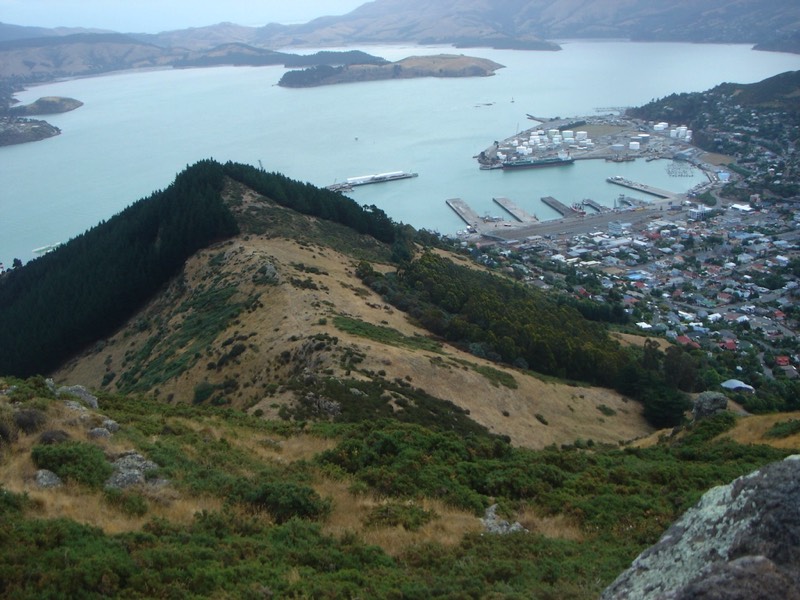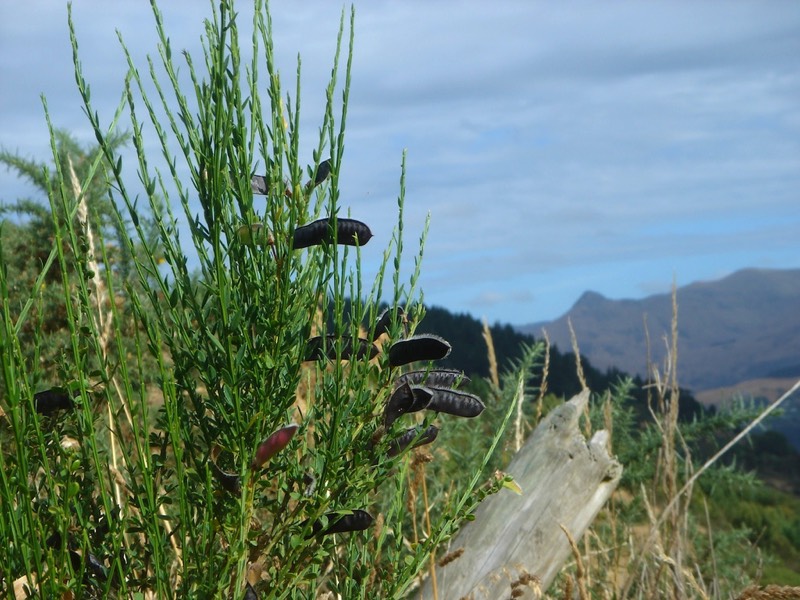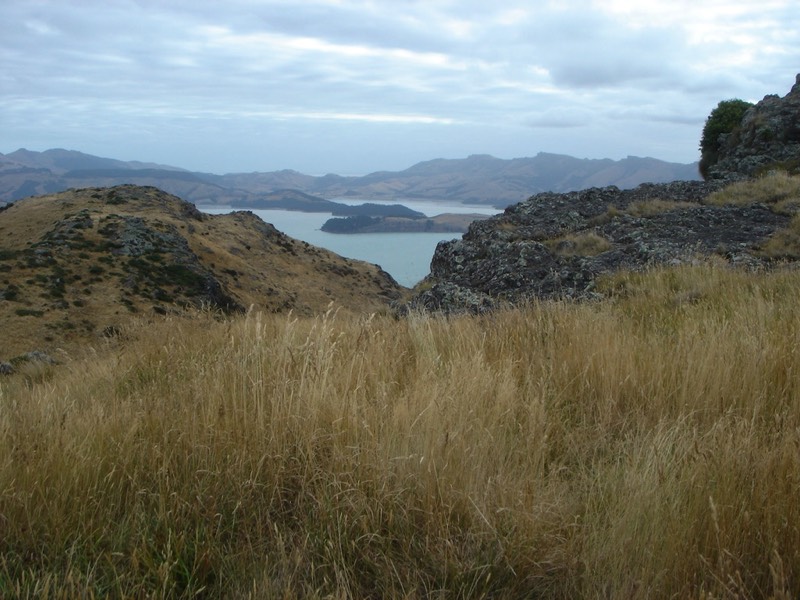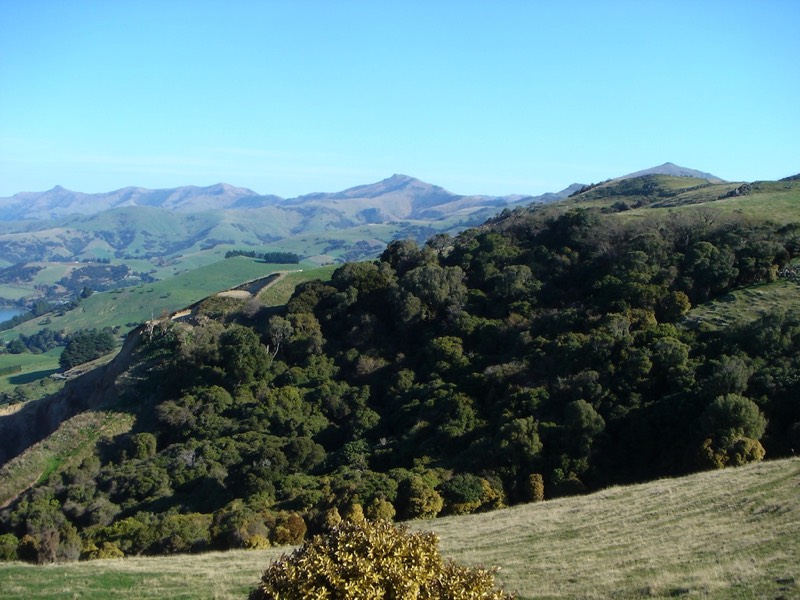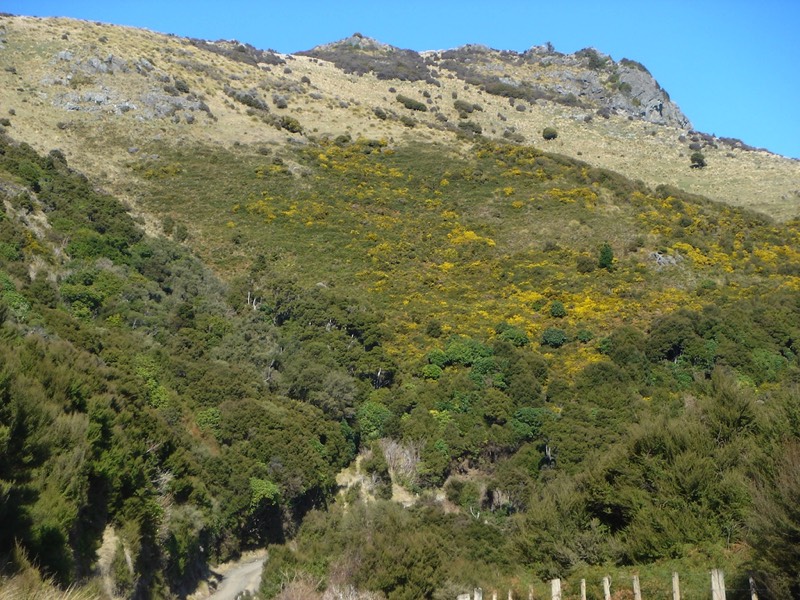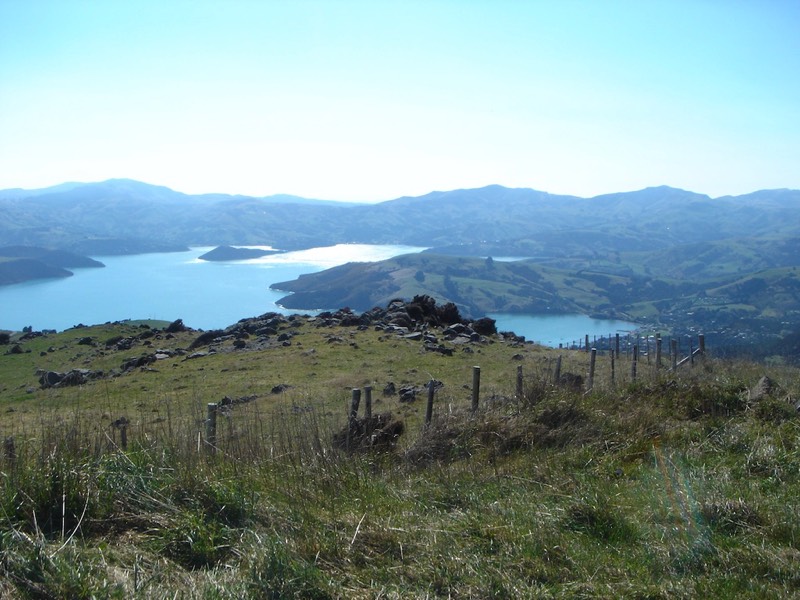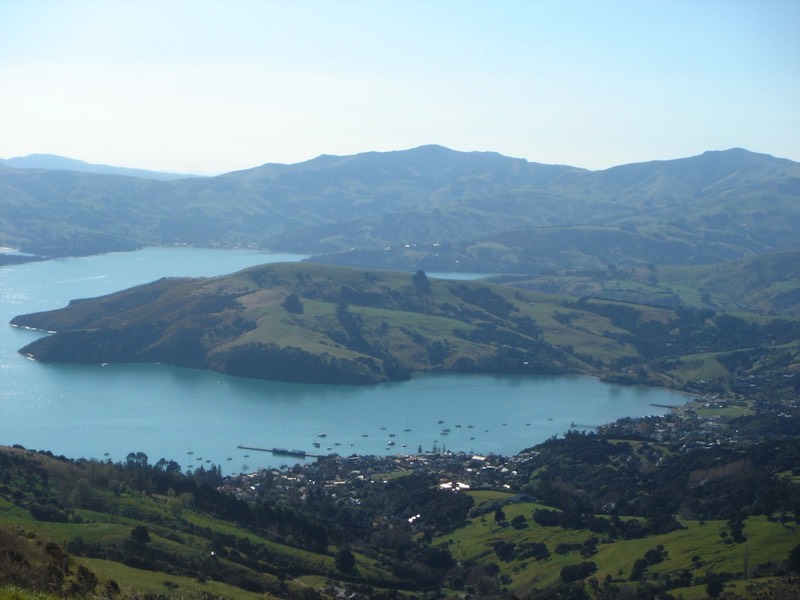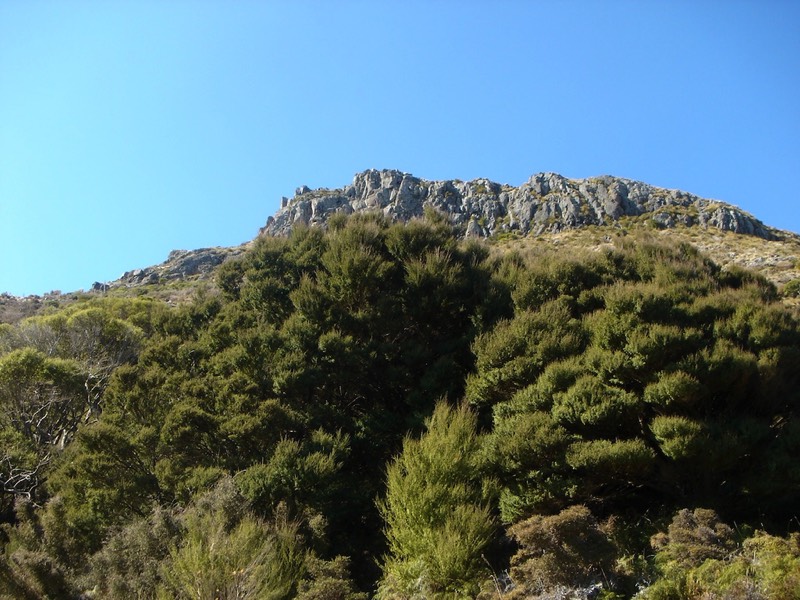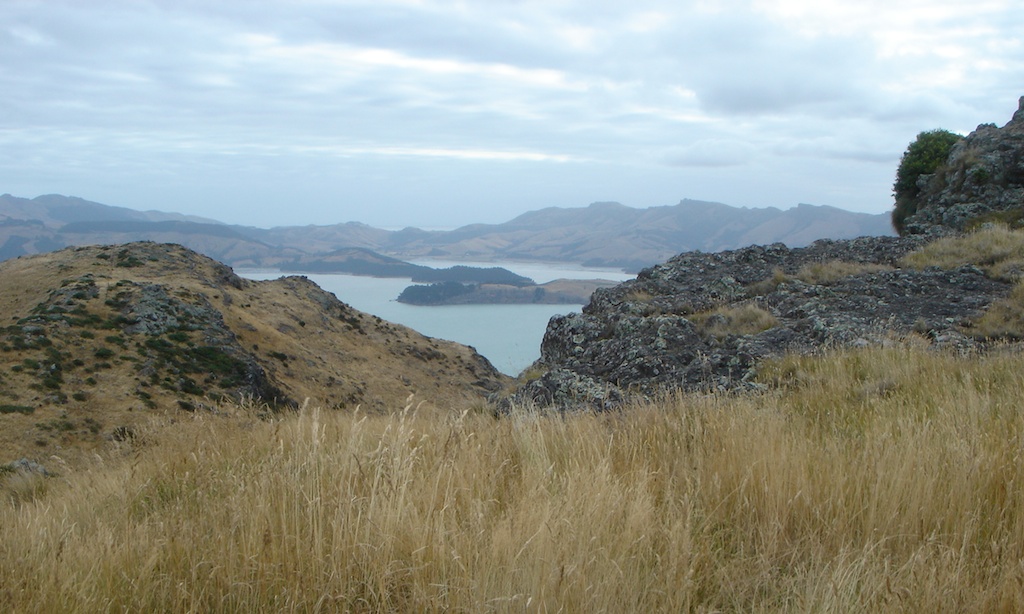
Biological Invasions
WIth human help, species have recently been moving around the globe at unprecedented rates, creating many “novel communities” - i.e. communities of organisms that have never previously co-occurred. This novelty is not inherently bad, but some species can become invasive and threaten biological diversity and cause significant economic costs. These novel communities also offer unique 'natural experiments' to test basic ecological and evolutionary questions. For example, we can use species introductions to help understand the relative importance of climate and biotic interactions for determining the composition of communities and how species spread across landscapes. These are basic problems in ecology and are also useful for thinking about how species distributions may shift under climate change.
Relevant publications
González-Moreno, Pablo; J.M. Diez, I. Ibáñez, X. Font, M. Vilà. (in press) Context-dependent effects of climate and land-cover on plant invasions. Diversity and Distributions.
Miller, A.L, J.M. Diez, J.J. Sullivan, S.R. Wangen, S.K. Wiser, R. Meffin, R.P. Duncan. Quantifying invasion resistance: the use of recruitment functions to control for propagule pressure. Ecology, online early.
Ibañez, I., J.M. Diez, L.P. Miller, , J.D. Olden, C.J.B. Sorte, D.M. Blumenthal, B.A. Bradley, C.M. D´Antonio, J.S. Dukes, R.I. Early, E.D. Grosholz, J.J. Lawler. 2014. Integrated assessment of biological invasions. Ecological Applications, 24:25–37. [pdf]
Caplat P., P.O. Cheptou, J.M. Diez, A. Guisan, B.M.H. Larson, A.S. MacDougall, D.A. Peltzer, D.M. Richardson, K. Shea, M. van Kleunen, R. Zhang, and Y.M. Buckley. 2013. Species' movements in response to climate change: insights from invasions. Oikos 122(9):1265-1274. [pdf]
Diez, J.M., C.M. D'Antonio, J.S. Dukes, E.D. Grosholz, J.D. Olden, C.J.B. Sorte, D.M. Blumenthal, B.A. Bradley, R. Early, I. Ibañez, S.J. Jones, J.J. Lawler, L.P. Miller. 2012. Will Extreme Climatic Events Facilitate Biological Invasions? Frontiers in Ecology and Evolution 10(5):249-257. [pdf]
Bradley, B.A., D.M. Blumenthal, R. Early, E.D. Grosholz, J.J. Lawler, L.P. Miller, C.J.B. Sorte, C.M. D'Antonio, Diez, J.M., J.S. Dukes, I. Ibañez, J.D. Olden. 2012. Global change, global trade, and the next wave of plant invasions. Frontiers in Ecology and Evolution 10(1):20-28. [pdf]
Diez, J.M., J.J. Sullivan, P.E. Hulme, R.P. Duncan. 2012. Using prior information to build probabilistic invasive species risk assessments. Biological Invasions 14(3):681-691.
Diez, J.M., I. Dickie, G. Edwards, J.J. Sullivan, P.E. Hulme, R.P. Duncan. 2010. Negative soil feedbacks accumulate over time for non-native plants. Ecology Letters 13:803-809. [pdf]
Diez, J.M., H.L. Buckley, B. Case, M. Harsch, S. A. Scilago, S. Wangen, Duncan, R.P. 2009. Interacting effects of management and environment affect the occurrence and abundance of an invasive species at multiple spatial scales. Journal of Applied Ecology 46(6): 1210-1218. [pdf] ------ [Editor’s choice commentary]
Diez, J.M., R. Randall, P. Williams, J.J. Sullivan, P.E. Hulme, R.P. Duncan. 2009. Learning from failures: testing broad taxonomic patterns of plant naturalisation. Ecology Letters 12(11):1174-1183. [pdf]
Duncan, R.P., J.M. Diez, J.J. Sullivan, S. Wangen, A. Miller.A 2009. Safe sites, seed supply, and the recruitment function in plant populations. Ecology 90(8):2129-2138. [PDF]
Diez, J.M., J.J. Sullivan, P.E. Hulme, G. Edwards, R.P. Duncan. 2008. Darwin's naturalization conundrum: dissecting taxonomic patterns of species invasions. Ecology Letters 11:674:681. [pdf]
